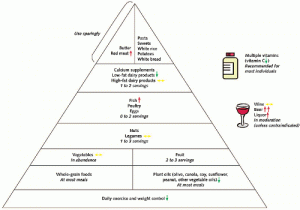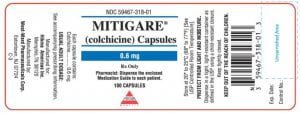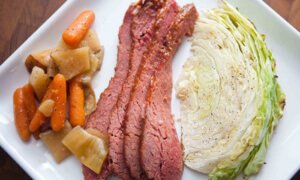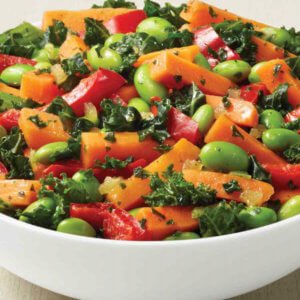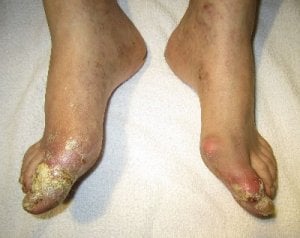I used this image of gout & healthy eating pyramid to illustrate Gout Food Pyramids for GoutPal Dieters.
The image and associated text are from Choi’s Pathogenesis of Gout, which I previously published as part of "The Manner Of Development Of Gout".
In that report, it has the caption:
Figure 4. Dietary influences on the risk for gout and their implications within the Harvard Healthy Eating Pyramid.
Data on the relationship between diet and the risk for gout are primarily derived from the recent Health Professionals Follow-Up Study (27, 28, 31). Implications of these findings in the management of hyperuricemia or gout are generally consistent with the new Healthy Eating Pyramid (32), except for fish intake. The use of plant-derived ?-3 fatty acids or supplements of eicosapentaenoic acid and docosahexaenoic acid in place of fish consumption could be considered to provide patients the benefit of these fatty acids without increasing the risk for gout. Use of ?-3 fatty acids may have anti-inflammatory effect against gouty flares. Vitamin C intake exerts a uricosuric effect. (Adapted with permission from reference 32: Willett WC, Stampfer MJ. Rebuilding the food pyramid. Sci Am. 2003;288:64-71.) Red arrows denote an increased risk for gout, solid green arrows denote a decreased risk, and yellow arrows denote no influence on risk. Broken green arrows denote potential effect but without prospective evidence for the outcome of gout.
I have incorporated those ideas into my Gout Food Pyramids article. I’ve also moved the associated text from the Pathogenesis of Gout report:
A recent large prospective study showed that men in the highest quintile of meat intake had a 41% higher risk for gout compared with the lowest quintile, and men in the highest quintile of seafood intake had a 51% higher risk compared with the lowest quintile (27). Correspondingly, in a nationally representative sample of men and women in the United States, higher levels of meat and seafood consumption were associated with higher serum uric acid levels (28). However, consumption of oatmeal and purine-rich vegetables (for example, peas, beans, lentils, spinach, mushrooms, and cauliflower) was not associated with an increased risk for gout (27). The variation in the risk for gout associated with different purine-rich foods may be explained by varying amounts and type of purine content and their bioavailability for metabolizing purine to uric acid (28). At the practical level, these data suggest that dietary purine restriction in patients with gout or hyperuricemia (29, 30) may be applicable to purines of animal origin but not to purine-rich vegetables, which are excellent sources of protein, fiber, vitamins, and minerals. Similarly, implications of the recent findings (27, 28, 31) in the management of hyperuricemia or gout were consistent with the new dietary recommendations for the general public (32), with the exception of the guidelines for fish intake (Figure 4). Thus, among patients with gout or hyperuricemia, the use of plant-derived ω-3 fatty acids or supplements of eicosapentaenoic acid and docosahexaenoic acid (see Glossary) instead of fish consumption could be considered to provide the benefit of these fatty acids without increasing the risk for gout.
Leave Gout & Healthy Eating Pyramid to read Gout Food Pyramids for GoutPal Dieters.
Please give your feedback
Did this page help you? If yes, please consider a small donation. Your donations help keep GoutPal's gout support services free for everyone.
If not, please tell me how I can improve it to help you more.
- YouTube
- The gout forums.
